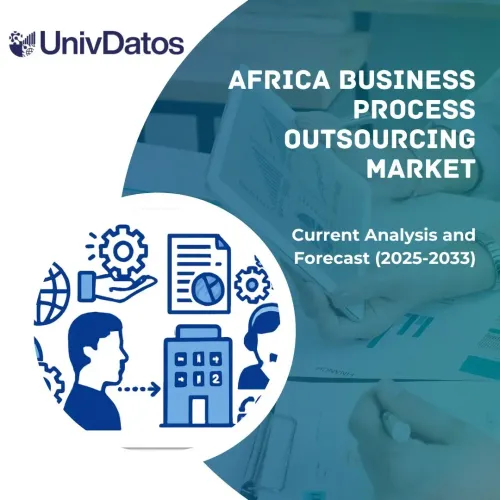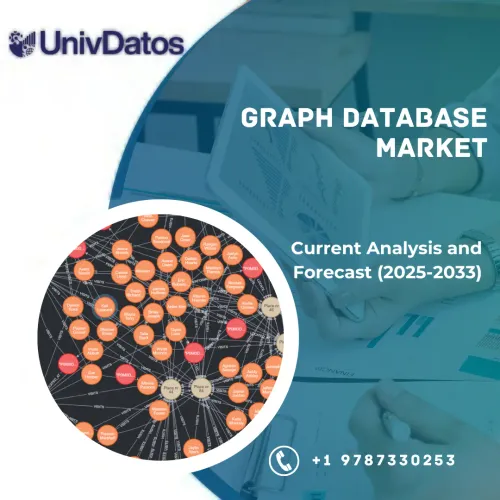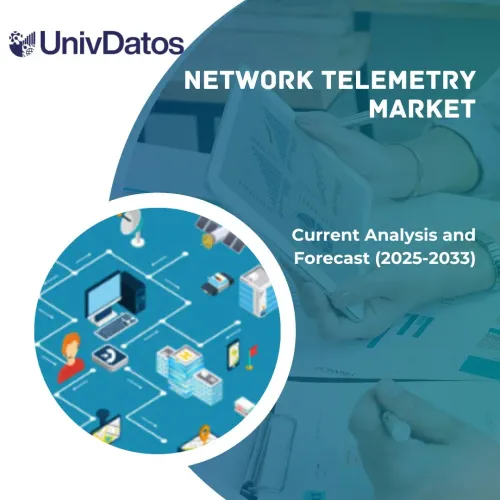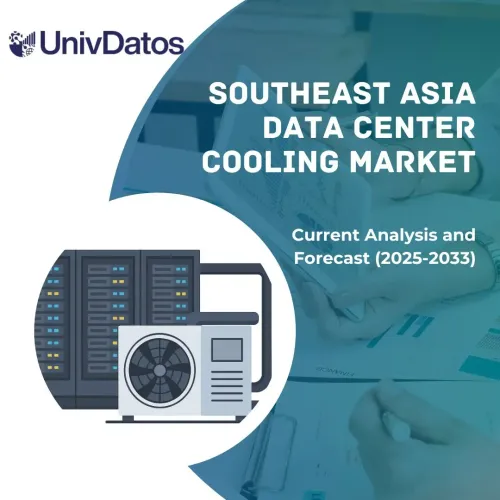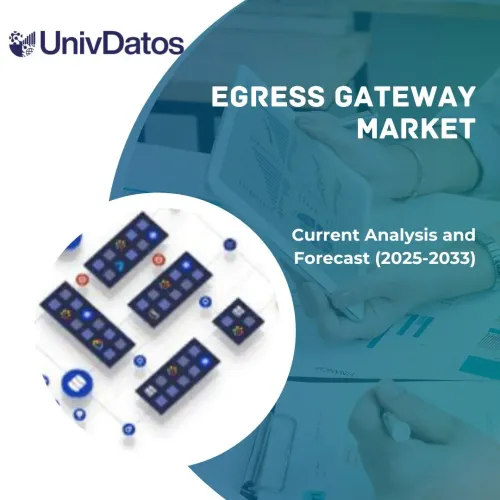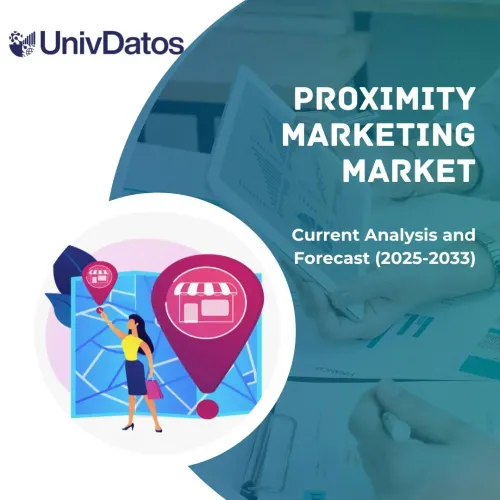- Home
- About Us
- Industry
- Services
- Reading
- Contact Us
Artificial Intelligence In Packaging Market: Current Analysis and Forecast (2022-2028)
Emphasis on Technology (Machine Learning, Computer Vision, Natural Language Processing (NLP), and Predictive Analytics); Application (AIE of Packaging, Smart Warehousing, Data Labeling, Quality Inspection, AI-based Recycling Systems, and Others); End User (Food & Beverage Industry, Cosmetic Industry, Medical and Pharmaceutical Industries, Consumer Electronics Industry, and Others); Region/Country.
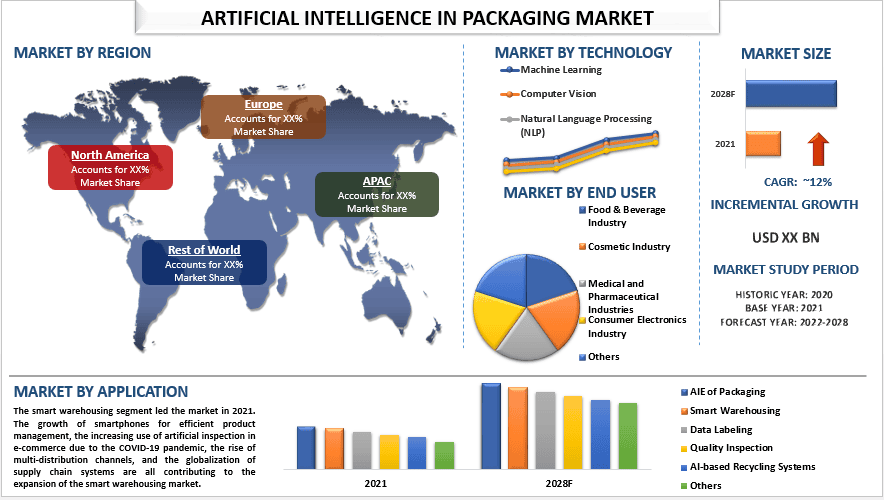
The Artificial Intelligence In Packaging market is expected to grow at a strong CAGR of around 12% during the forecast period. Artificial intelligence (AI) in packaging refers to the integration of advanced technologies like machine learning and computer vision to enhance various aspects of the packaging industry. For instance, AI systems can analyze images to identify defects in packaging materials, ensuring that only high-quality products are delivered to the market. Additionally, AI can optimize production and distribution processes by analyzing historical sales data and market trends, ultimately reducing costs and minimizing stockouts. Moreover, AI algorithms can generate personalized packaging designs and suggest suitable materials based on consumer preferences, market trends, and product data. This enables manufacturers to create unique packaging solutions that cater to the diverse needs of their customers.
Some of the major players operating in the market include SIG Combibloc, Tetra Pak, Berry Global, WestRock, DS Smith, Microsoft, GE Digital, ABB, Universal Robots, and Neurala. Several M&As along with partnerships have been undertaken by these players to facilitate customers with hi-tech and innovative products/technologies.
Insights Presented in the Report
“Amongst technology, the Machine Learning segment held a significant share of the market in 2021”
By technology, the market is segmented into Machine Learning, Computer Vision, Natural Language Processing (NLP), and Predictive Analytics. The Machine Learning segment led the market in 2021. The primary driver of the market for machine learning (ML) is the growing demand for it in data labeling, process automation, and content inspection in product quality assurance/quality control (QA/QC). If products are labeled incorrectly, it can lead to inspection failures, customer dissatisfaction, and a decrease in profits. Data labeling has become a standard practice with the help of ML, reducing manual errors and improving overall process efficiency. ML is also utilized throughout the packaging supply chain to provide preventive analytics and cybersecurity measures for businesses. As per a recent survey by Anchore, three out of every five companies experienced software supply chain attacks in 2021.
“Amongst end user, the food and beverage industry segment held a significant share of the market in 2021”
On the basis of end user, the market is segmented into Food & Beverage Industry, Cosmetic Industry, Medical and Pharmaceutical Industries, Consumer Electronics Industry, and Others. The food and beverage industry segment led the market in 2021. The food and beverage industry’s focus on offering affordable, quickly accessible, and non-contaminated food options has helped it maintain its market dominance. The use of machine learning (ML) and artificial intelligence (AI) has enabled businesses to scale their operations and remain competitive. This sector is a significant market for AI, with a global food and beverage market projected to be worth over $2 trillion by 2025, according to a survey. In contrast, the cosmetic industry is expected to grow at the quickest rate due to the influx of new entrants in the cosmetics industry, which drives innovation in product and packaging design to gain a competitive edge. With the rise in internet usage, companies have shifted their sales to online platforms, leading to an increase in demand for cosmetic products, thus contributing to the growth of the packaging industry.
“North America held a significant share of the market in 2021”
North America led the market in 2021. The North American region is witnessing significant growth in the acceptance of AI technologies in the packaging industry, thanks to the increasing public-private partnerships and the launch of innovative machinery. This growth is being driven by the incorporation of cutting-edge technologies such as artificial intelligence (AI) and the Internet of Things (IoT) in various industrial sectors, resulting in increased demand for advanced packaging solutions among integrated device manufacturers (IDMs) and foundry suppliers.
Artificial Intelligence In Packaging Market Report Coverage
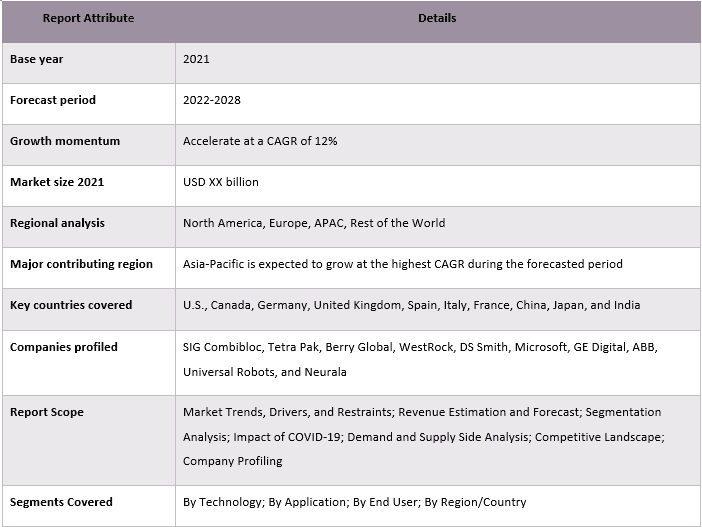
Reasons to buy this report:
- The study includes market sizing and forecasting analysis validated by authenticated key industry experts.
- The report presents a quick review of overall industry performance at one glance.
- The report covers an in-depth analysis of prominent industry peers with a primary focus on key business financials, product portfolios, expansion strategies, and recent developments.
- Detailed examination of drivers, restraints, key trends, and opportunities prevailing in the industry.
- The study comprehensively covers the market across different segments.
- Deep dive regional level analysis of the industry
Customization Options:
The global Artificial Intelligence In Packaging market can further be customized as per the requirement or any other market segment. Besides this, UMI understands that you may have your own business needs, hence feel free to connect with us to get a report that completely suits your requirements.
Table of Content
Research Methodology for the Artificial Intelligence In Packaging Market Analysis (2022-2028)
Analyzing the historical market, estimating the current market, and forecasting the future market of the global Artificial Intelligence In Packaging market were the three major steps undertaken to create and analyze the adoption of Artificial Intelligence In Packaging in major regions globally. Exhaustive secondary research was conducted to collect the historical market numbers and estimate the current market size. Secondly, to validate these insights, numerous findings and assumptions were taken into consideration. Moreover, exhaustive primary interviews were also conducted, with industry experts across the value chain of the global Artificial Intelligence In Packaging market. Post assumption and validation of market numbers through primary interviews, we employed a top-down/bottom-up approach to forecasting the complete market size. Thereafter, market breakdown and data triangulation methods were adopted to estimate and analyze the market size of segments and sub-segments of the industry pertains to. Detailed methodology is explained below:
Analysis of Historical Market Size
Step 1: In-Depth Study of Secondary Sources:
Detail secondary study was conducted to obtain the historical market size of the Artificial Intelligence In Packaging market through company internal sources such as annual reports & financial statements, performance presentations, press releases, etc., and external sources including journals, news & articles, government publications, competitor publications, sector reports, third-party database, and other credible publications.
Step 2: Market Segmentation:
After obtaining the historical market size of the Artificial Intelligence In Packaging market, we conducted a detailed secondary analysis to gather historical market insights and share for different segments & sub-segments for major regions. Major segments are included in the report as technology, application, and end user. Further country-level analyses were conducted to evaluate the overall adoption of testing models in that region.
Step 3: Factor Analysis:
After acquiring the historical market size of different segments and sub-segments, we conducted a detailed factor analysis to estimate the current market size of the Artificial Intelligence In Packaging market. Further, we conducted factor analysis using dependent and independent variables such as technology, application, and end user of the Artificial Intelligence In Packaging market. A thorough analysis was conducted for demand and supply-side scenarios considering top partnerships, mergers and acquisitions, business expansion, and product launches in the Artificial Intelligence In Packaging market sector across the globe.
Current Market Size Estimate & Forecast
Current Market Sizing: Based on actionable insights from the above 3 steps, we arrived at the current market size, key players in the global Artificial Intelligence In Packaging market, and market shares of the segments. All the required percentage shares split, and market breakdowns were determined using the above-mentioned secondary approach and were verified through primary interviews.
Estimation & Forecasting: For market estimation and forecast, weights were assigned to different factors including drivers & trends, restraints, and opportunities available for the stakeholders. After analyzing these factors, relevant forecasting techniques i.e., the top-down/bottom-up approach were applied to arrive at the market forecast for 2028 for different segments and sub-segments across the major markets globally. The research methodology adopted to estimate the market size encompasses:
- The industry’s market size, in terms of revenue (USD) and the adoption rate of the Artificial Intelligence In Packaging market across the major markets domestically
- All percentage shares, splits, and breakdowns of market segments and sub-segments
- Key players in the global Artificial Intelligence In Packaging market in terms of products offered. Also, the growth strategies adopted by these players to compete in the fast-growing market
Market Size and Share Validation
Primary Research: In-depth interviews were conducted with the Key Opinion Leaders (KOLs) including Top Level Executives (CXO/VPs, Sales Head, Marketing Head, Operational Head, Regional Head, Country Head, etc.) across major regions. Primary research findings were then summarized, and statistical analysis was performed to prove the stated hypothesis. Inputs from primary research were consolidated with secondary findings, hence turning information into actionable insights.
Split of Primary Participants in Different Regions
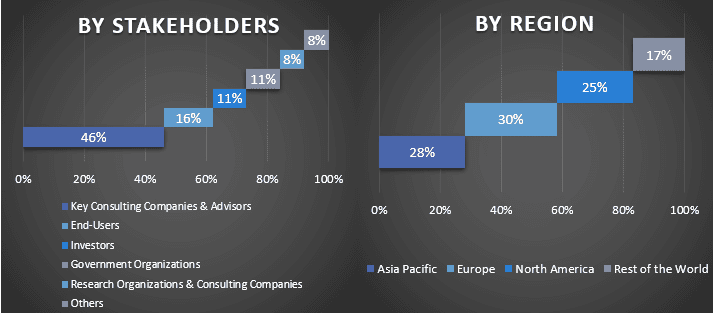
Market Engineering
The data triangulation technique was employed to complete the overall market estimation and to arrive at precise statistical numbers for each segment and sub-segment of the global Artificial Intelligence In Packaging market. data was split into several segments & sub-segments post studying various parameters and trends in the areas of the technology, application, and end user in the global Artificial Intelligence In Packaging market.
The main objective of the Global Artificial Intelligence In Packaging Market Study
The current & future market trends of the global Artificial Intelligence In Packaging market were pinpointed in the study. Investors can gain strategic insights to base their discretion for investments on the qualitative and quantitative analysis performed in the study. Current and future market trends determined the overall attractiveness of the market at a regional level, providing a platform for the industrial participant to exploit the untapped market to benefit from a first-mover advantage. Other quantitative goals of the studies include:
- Analyze the current and forecast market size of the Artificial Intelligence In Packaging market in terms of value (USD). Also, analyze the current and forecast market size of different segments and sub-segments
- Segments in the study include areas of the technology, application, and end user
- Define and analysis of the regulatory framework for the Artificial Intelligence In Packaging industry
- Analyze the value chain involved with the presence of various intermediaries, along with analyzing customer and competitor behaviors of the industry
- Analyze the current and forecast market size of the Artificial Intelligence In Packaging market for the major region
- Major countries of regions studied in the report include Asia Pacific, Europe, North America, and the Rest of the World
- Company profiles of the Artificial Intelligence In Packaging market and the growth strategies adopted by the market players to sustain in the fast-growing market
- Deep dive regional level analysis of the industry
Related Reports
Customers who bought this item also bought


